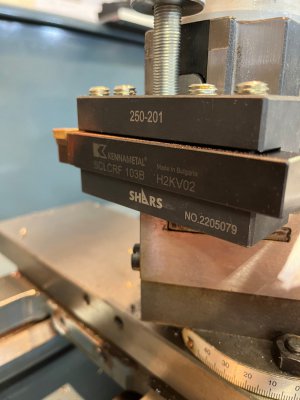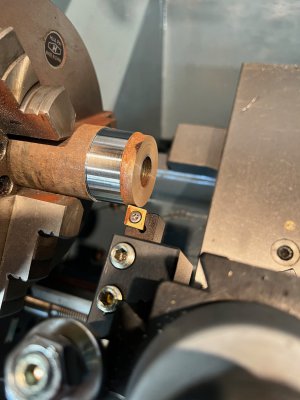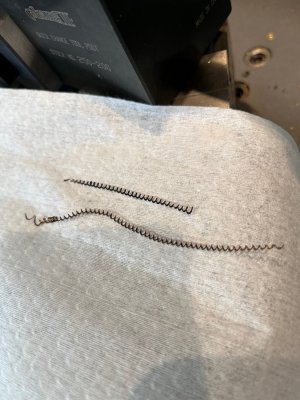There is a lot that I want to unpack from your post. Safety being the most important. I’ll query the rest later.
I had never considered that my lathe might be able to spin the chuck that was provided with it at a rate that was unsafe or beyond specification. I thank you for bring this potential to my attention. Now, I am a big fan of manuals and I do read them. My lathe manual makes no mention of a max chuck RPM. It speaks only of spindle RPM capability.
The chuck is a 6” 3-jaw from Hua Pai (China). I just now made a limited effort to find such a spec for Hua Pai chucks. I failed. If anyone has a link to this info, please post it.
Thus, let’s have a look at Bison. The specs I found are here:
https://www.bison-america.com/pdf/Chapter_1/Specs_1_1.pdf
Let’s assume that my Hua Pai is a basic garden variety cast iron body and look at Bison’s specs for “cast iron body”, “3105, 32**, 36**”
here are some of the numbers
Chuck Size [in]. Max RPM
5” 4000
6” 3600
8” 3000
12” 2000
16” 1600
This suggest to me that my 1550 RPM setting is well within the 3600 RPM maximum for a 6” chuck
Only if I fit a 12” chuck am I capable of spindle speeds near the chuck RPM limit of 2000. Such a large chuck would barely clear the 13” swing of the machine.
Am I misunderstanding something here?
NOTE ADDED IN EDIT:
I just went to Precision Matthews. They spec a max RPM for their 6" 3-jaw at 4200 RPM




